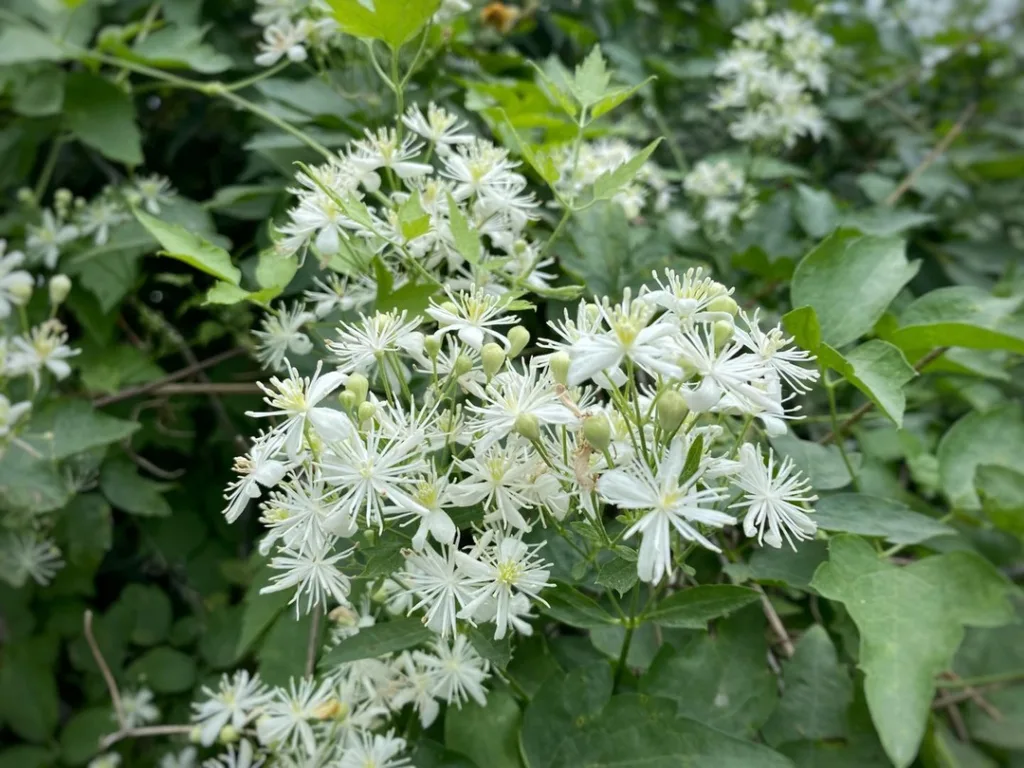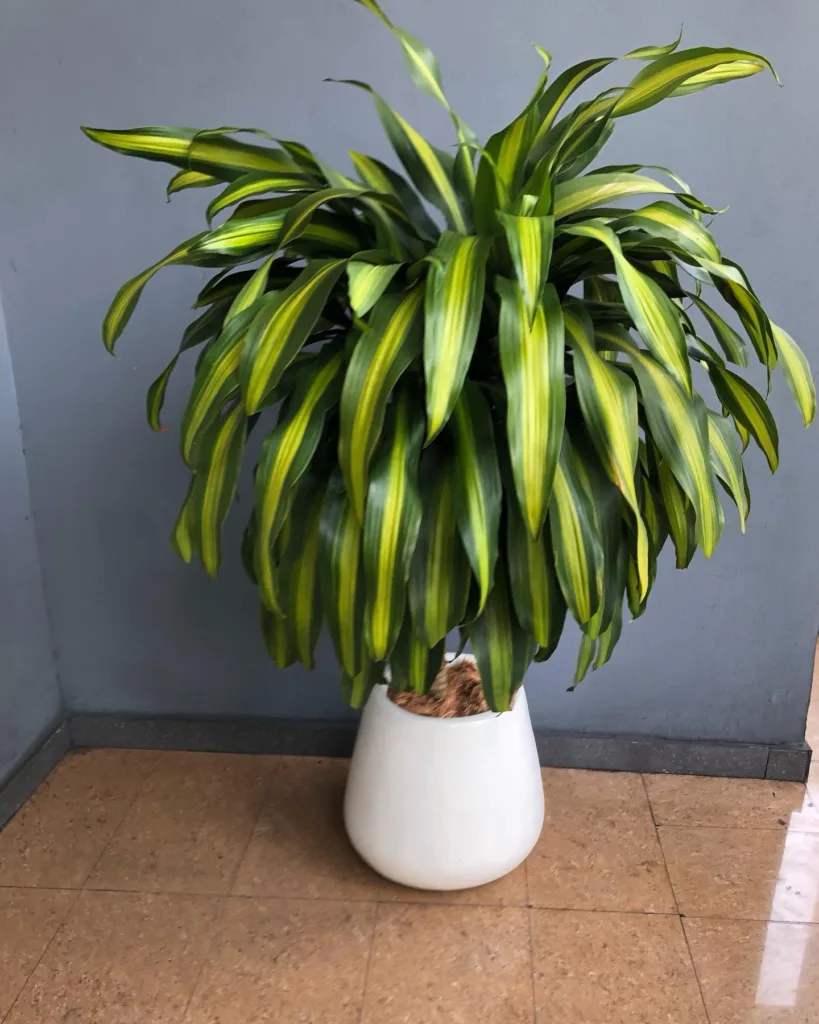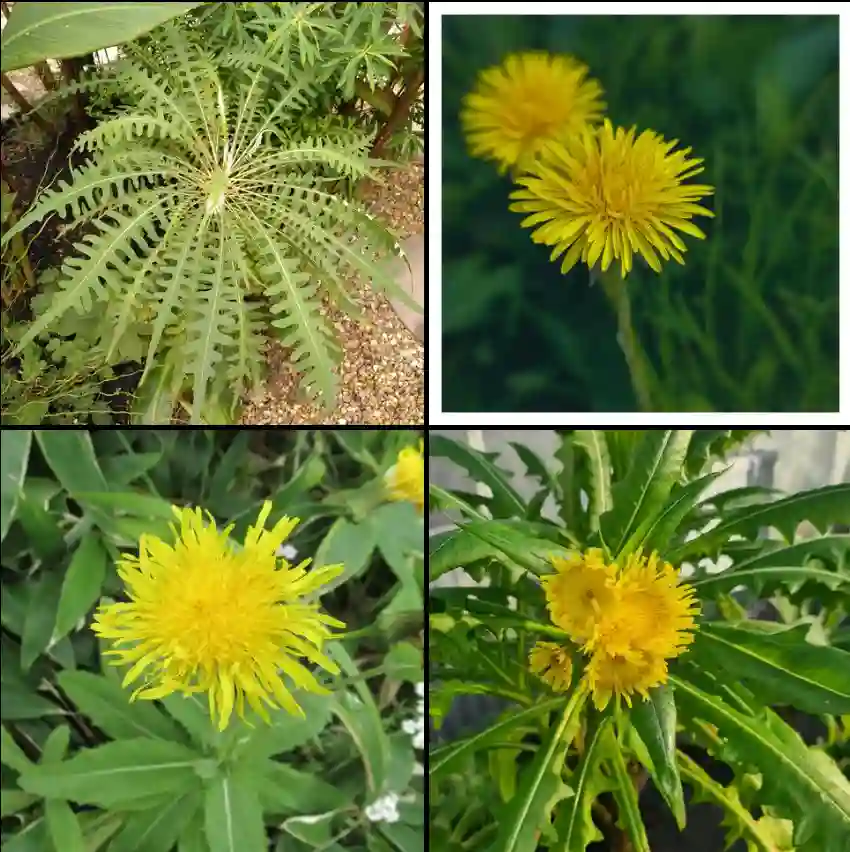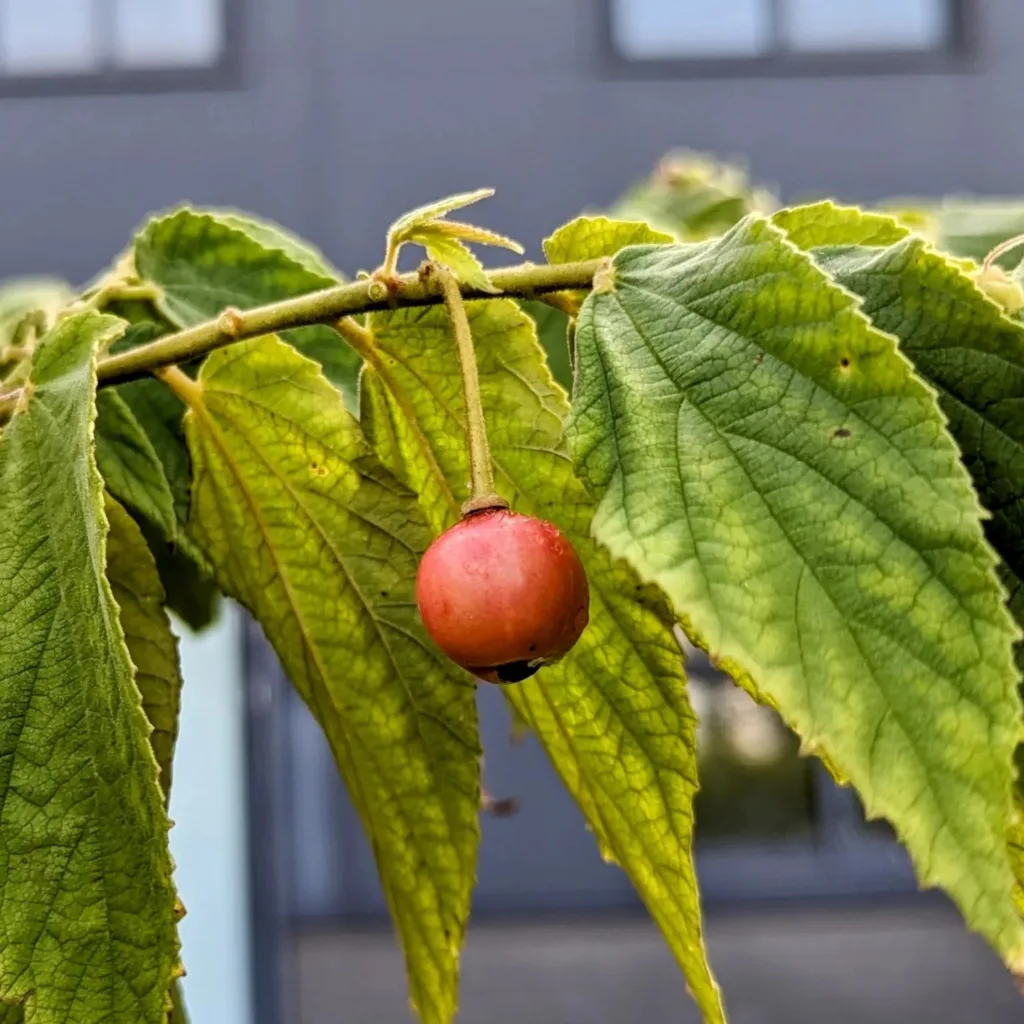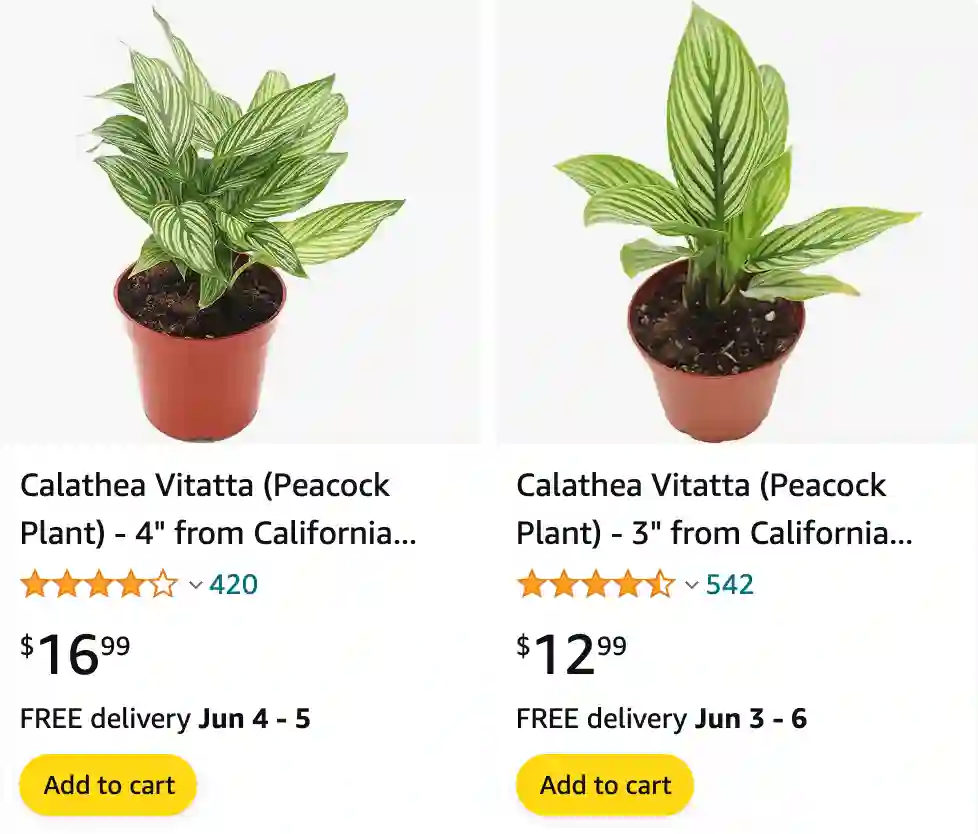
The world of houseplants is vast and varied, but few plants capture the imagination quite like the Calathea. Among its many stunning varieties, the Calathea Vittata stands out with its intricate, hand-painted appearance. Often referred to as the “Prayer Plant” due to its fascinating nocturnal leaf movements, the Calathea Vittata is a true living piece of art, gracing homes with its vibrant green leaves adorned with delicate, feather-like stripes of a lighter green or cream.
While undeniably beautiful, the Calathea Vittata has earned a reputation for being a bit of a diva. Its tropical origins demand specific environmental conditions that, when met, reward the dedicated plant parent with lush, thriving foliage. This comprehensive guide will delve into every aspect of caring for this exquisite plant, from understanding its unique needs to troubleshooting common issues, and even comparing it to its equally stunning cousins. We’ll also take a personal journey through a “time lapse” of its growth, offering insights from a gardener’s perspective.
The Allure of Calathea Vittata: A Botanical Masterpiece
The Calathea Vittata, scientifically known as Goeppertia elliptica ‘Vittata’, is a member of the Marantaceae family, a group renowned for their striking foliage and unique leaf movements. Native to the humid rainforests of South America, particularly Brazil, this plant thrives in the dappled light of the forest floor, protected by the dense canopy above.
What truly sets the Calathea Vittata apart is its distinctive leaf pattern. Each elliptical leaf is a canvas of deep green, intricately painted with numerous thin, parallel, light green or creamy white stripes that run from the central vein to the leaf edges. This creates a mesmerizing, almost iridescent effect, making it a focal point in any indoor plant collection. The undersides of the leaves are typically a muted green, sometimes with a faint purple hue, adding another layer of subtle beauty.
Beyond its visual appeal, the Calathea Vittata exhibits a captivating phenomenon known as nyctinasty. Throughout the day, its leaves spread open to maximize light absorption. As dusk falls, the leaves slowly fold upwards, resembling hands clasped in prayer. Come morning, they unfurl again, ready to greet the sun. This daily ritual is not just a charming display; it’s a natural adaptation, believed to help the plant conserve moisture and protect itself from nocturnal predators in its native habitat. This movement is controlled by a specialized joint called a pulvinus, located at the base of each leaf, which responds to changes in light intensity.
A Deep Dive into Calathea Vittata Care: Nurturing Your Tropical Gem
Caring for a Calathea Vittata requires attention to detail, but it’s a rewarding endeavor. Replicating its native rainforest environment is key to its health and vibrancy.
1. Light Requirements: The Goldilocks Zone
Calathea Vittata thrives in bright, indirect light. Think of its natural habitat: under the dense canopy, receiving filtered sunlight, never harsh direct rays.
- Ideal Placement: An east-facing window is often perfect, providing gentle morning sun. A north-facing window can also work, though growth might be slower. If placing near a south or west-facing window, ensure it’s several feet away or protected by sheer curtains to diffuse the intense afternoon sun.
- What to Avoid:
- Direct Sunlight: This is the most common mistake. Direct sun will scorch the delicate leaves, leading to unsightly brown spots and a fading of its vibrant patterns.
- Too Little Light: While they don’t like direct sun, insufficient light can also cause problems. The striking patterns on the leaves may fade, and the plant’s growth will become leggy and stunted.
Tip: Observe your plant. If the colors are dulling, it might need more light. If leaves are browning or crispy, it’s likely getting too much.
2. Watering Wisdom: The Art of Consistency
Watering is perhaps the most critical aspect of Calathea Vittata care, and where many new owners face challenges. These plants love consistent moisture but absolutely despise soggy feet.
- Frequency: Keep the soil consistently moist, but never waterlogged. The best approach is to allow the top inch (about 2.5 cm) of soil to dry out slightly before watering again. Stick your finger into the soil to gauge moisture levels. If it feels damp, wait. If it feels dry, it’s time to water.
- Water Type: This is crucial. Calatheas are notoriously sensitive to chemicals found in tap water, particularly fluoride and chlorine, which can lead to brown leaf tips and edges.
- Best Options: Distilled water, rainwater, or filtered tap water are highly recommended. If using tap water, let it sit out for at least 24 hours to allow chlorine to dissipate, though fluoride will remain.
- How to Water: Water thoroughly until you see water draining from the bottom of the pot. Always empty any excess water from the saucer to prevent the roots from sitting in stagnant water, which can lead to root rot.
- Seasonal Adjustment: Reduce watering frequency in the fall and winter months when the plant’s growth slows down. The soil will dry out slower during these periods.
Signs of Improper Watering:
- Yellowing Leaves: Often a sign of overwatering or poor drainage, leading to root rot.
- Curling Leaves: Indicates under-watering or extremely low humidity. The plant is trying to conserve moisture.
3. Humidity: The Key to Thriving
Given its rainforest origins, high humidity is non-negotiable for a thriving Calathea Vittata. Aim for humidity levels ideally above 60%.
- Signs of Low Humidity: The most common symptom is brown, crispy leaf tips and edges. Leaves may also curl or fail to unfurl properly.
- Solutions to Increase Humidity:
- Humidifier: This is the most effective method, especially in dry indoor environments or during winter when heating systems dry out the air.
- Pebble Tray: Place the plant pot on a tray filled with pebbles and water. Ensure the bottom of the pot does not sit directly in the water, as this can lead to root rot. As the water evaporates, it creates a more humid microclimate around the plant.
- Grouping Plants: Plants release moisture through transpiration. Grouping your Calathea Vittata with other humidity-loving plants can create a small, localized humid environment.
- Location: Bathrooms and kitchens often have naturally higher humidity levels due to water usage, making them suitable spots for Calatheas, provided light conditions are met.
- Misting: While misting can provide a temporary boost, its effects are short-lived. It’s not a substitute for consistent high humidity and can sometimes contribute to fungal issues if air circulation is poor. If you do mist, ensure good airflow.
4. Temperature: Keeping it Tropical
Calathea Vittata prefers warm, stable temperatures, mirroring its tropical home.
- Ideal Range: Maintain temperatures between 65-75°F (18-24°C).
- What to Avoid:
- Sudden Temperature Drops: These can shock the plant and cause leaves to droop or curl.
- Cold Drafts: Keep your Calathea away from open windows, air conditioning vents, and exterior doors, especially in cooler months.
- Extreme Heat: While they like warmth, prolonged exposure to temperatures above their ideal range can also cause stress.
Consistency is key. Aim for a stable environment without drastic fluctuations.
5. The Perfect Potting Mix: Well-Draining and Moisture-Retentive
The right soil mix is crucial for balancing moisture retention and drainage, preventing both drying out and root rot.
- Characteristics: A good mix should be well-draining yet moisture-retentive, mimicking the rich, loamy soil of the rainforest floor.
- Composition: A peat-based potting mix is an excellent base. To improve drainage and aeration, amend it with:
- Perlite: Adds aeration and prevents compaction.
- Vermiculite: Improves water retention and aeration.
- Orchid Bark: Enhances drainage and mimics natural forest floor debris.
- Charcoal: Aids in drainage and helps filter impurities.
- Drainage Holes: Always use a pot with adequate drainage holes. This is non-negotiable.
6. Feeding Your Calathea Vittata: Less is More
Calathea Vittata is not a heavy feeder and can be sensitive to over-fertilization.
- Frequency: Fertilize every 2-4 weeks during the active growing season (spring and summer).
- Type: Use a diluted, balanced liquid houseplant fertilizer. Dilute it to half or even quarter strength to avoid chemical burn.
- Application: Always fertilize on moist soil, never on dry soil, as this can burn the roots.
- Dormancy: Do not fertilize in fall and winter when the plant’s growth naturally slows down.
Signs of Over-fertilization: Crispy leaf edges, stunted growth, or a white crust on the soil surface. If you see these, flush the soil with distilled water and reduce or stop fertilizing.
7. Pruning for Perfection: Maintaining Aesthetics and Health
Calathea Vittata doesn’t require extensive pruning, but occasional maintenance keeps it looking its best.
- What to Prune: Remove any yellow, brown, or damaged leaves at their base using clean, sharp scissors or pruning shears. This directs the plant’s energy to healthy new growth and improves its overall appearance.
- Why Prune: Pruning helps maintain the plant’s aesthetic appeal and prevents the spread of potential diseases from decaying foliage.
8. Cleaning for Health: Dust-Free and Happy
Dust can accumulate on the broad leaves of your Calathea Vittata, hindering its ability to photosynthesize.
- Method: Gently wipe down the leaves with a soft, damp cloth every few weeks.
- Benefits: This keeps the leaves clean, allows the plant to “breathe” more effectively, and helps deter pests.
9. Repotting: A Fresh Start for Growth
Calathea Vittata generally prefers to be slightly root-bound, but eventually, it will outgrow its pot or deplete the soil nutrients.
- Frequency: Repot every 2-3 years, or when you notice signs of the plant being root-bound (roots circling the pot, water draining very quickly, stunted growth).
- Best Time: Spring, at the beginning of the growing season.
- Steps:
- Choose a Pot: Select a new pot that is only one or two sizes larger than the current one. Going too large can lead to excess moisture in the soil, increasing the risk of root rot.
- Prepare: Add a layer of fresh, well-draining potting mix to the bottom of the new pot.
- Remove the Plant: Gently tip the current pot on its side and carefully slide the plant out. You may need to gently squeeze the pot or tap its sides to loosen the root ball.
- Inspect Roots: Examine the roots. Healthy roots are white or light brown. Trim away any black, mushy, or rotten roots with sterilized scissors. You can also gently tease apart any tightly circling roots.
- Position: Place the plant in the center of the new pot, ensuring the top of the root ball is at the same level as it was in the old pot, about an inch below the rim.
- Fill: Fill around the root ball with fresh potting mix, gently firming it down to remove large air pockets, but avoid compacting it too tightly.
- Water: Water thoroughly after repotting to help the soil settle around the roots.
Propagating Your Calathea Vittata: Expanding Your Collection
The most successful and recommended method for propagating Calathea Vittata is through division. This is best done during repotting in the spring.
- When to Propagate: When your plant has grown into a mature clump with multiple distinct sections or shoots.
- Steps for Division:
- Prepare: Gather clean, sharp scissors or a knife, new pots with drainage holes, and fresh potting mix.
- Remove Plant: Carefully take the mother plant out of its pot, as you would for repotting.
- Inspect Rhizomes: Gently brush away excess soil from the root ball to expose the rhizomes (underground stems) and root system. Look for natural divisions where the plant has formed separate clumps, each with its own roots and at least one or two leaves/shoots.
- Separate: Carefully tease apart the clumps with your fingers. If they are tightly bound, use your sterilized knife or scissors to cut through the rhizomes, ensuring each new section has a healthy root system attached.
- Pot Up Divisions: Plant each new division into its own small pot filled with fresh, well-draining potting mix. Ensure they are planted at the same depth as they were in the original pot.
- Water and Care: Water the newly potted divisions thoroughly. Place them in a warm, humid spot with bright, indirect light. Keep the soil consistently moist (but not soggy) as they establish. Patience is key; it may take several weeks for new growth to appear.
Note on Water Propagation: While some Calatheas can be rooted in water, it’s generally less reliable for Calathea Vittata and may not result in robust plants. Division is the preferred method for consistent success.
Common Challenges & Solutions: A Troubleshooting Guide
Even with the best care, Calathea Vittata can sometimes present challenges. Understanding the signs and knowing how to respond is crucial.
Pests: Tiny Invaders
Calatheas can be susceptible to common houseplant pests, especially in dry conditions. Regular inspection is your best defense.
- Spider Mites: These tiny arachnids are the most common pest for Calatheas, especially when humidity is low.
- Signs: Fine webbing on leaves (especially undersides), tiny yellow or brown stippling on foliage, overall dullness.
- Solution: Increase humidity. Isolate the plant. Wipe leaves thoroughly with a damp cloth. For severe infestations, use insecticidal soap, neem oil, or a strong stream of water to dislodge them. Repeat treatment every 5-7 days.
- Mealybugs: Soft-bodied, white, cottony pests that cluster in leaf axils and undersides. They suck sap and excrete sticky honeydew.
- Signs: White, fuzzy masses, sticky residue on leaves, stunted growth.
- Solution: Dab directly with a cotton swab dipped in rubbing alcohol. For larger infestations, use insecticidal soap or neem oil.
- Aphids: Small, soft-bodied insects often found on new growth.
- Signs: Distorted new leaves, yellowing, sticky honeydew.
- Solution: Rinse with a strong stream of water. Treat with insecticidal soap or neem oil.
- Scale Insects: Small, immobile, brown or black bumps on stems and leaves. They feed on sap.
- Signs: Hardened bumps, yellowing leaves, honeydew.
- Solution: Scrape off gently with a fingernail or a soft brush. Treat with rubbing alcohol or neem oil.
Diseases: Fungal and Bacterial Foes
Most diseases in Calatheas are linked to improper watering or environmental conditions.
- Root Rot: The most prevalent disease, caused by overwatering and poor drainage.
- Signs: Yellowing, wilting leaves, mushy stems, foul-smelling soil, black/mushy roots.
- Prevention: Ensure excellent drainage, allow soil to dry slightly between waterings, never let the pot sit in standing water.
- Treatment: If caught early, unpot the plant, cut away all rotten roots with sterilized scissors, repot in fresh, well-draining soil, and adjust watering habits.
- Leaf Spot (Fungal/Bacterial): Various fungi or bacteria can cause spots on leaves.
- Signs: Dark, often circular spots with or without a yellow halo. Can be water-soaked or necrotic.
- Prevention: Avoid overhead watering (water the soil directly), ensure good air circulation.
- Treatment: Remove affected leaves immediately. Improve air circulation. In severe cases, a fungicide may be necessary for fungal spots. Good news: Calathea Vittata has shown immunity to certain bacterial blights, but general bacterial leaf spot can still occur.
- Powdery Mildew: A fungal disease appearing as a white, powdery coating on leaves.
- Signs: White, powdery patches on leaf surfaces.
- Prevention: Favored by high humidity with poor air circulation. Ensure good ventilation around your plant, even in humid environments.
- Treatment: Isolate the plant, wipe off mildew, apply a fungicide if needed.
Troubleshooting Common Leaf Problems: Reading Your Plant’s Signals
Your Calathea Vittata will communicate its needs through its leaves.
- Brown Leaf Edges/Tips:
- Cause: Most commonly, low humidity or sensitivity to chemicals (fluoride/chlorine) in tap water.
- Solution: Increase humidity (humidifier, pebble tray). Switch to distilled, rainwater, or filtered water.
- Curling Leaves:
- Cause: Under-watering (soil too dry) or extremely low humidity. Sometimes too much direct light.
- Solution: Check soil moisture and water if dry. Increase humidity. Move to a shadier spot if light is too intense.
- Fading Leaf Color/Patterns:
- Cause: Insufficient light. Sometimes too much direct sunlight can also bleach colors.
- Solution: Move to a brighter spot with indirect light. Ensure it’s not getting direct sun.
- Drooping Leaves (without curling or yellowing):
- Cause: Often a sign of thirst (under-watering) or sometimes cold shock.
- Solution: Check soil moisture. If dry, water thoroughly. Ensure consistent warm temperatures.
- Leaves Not Praying (Nyctinasty):
- Cause: Lack of sufficient light, or too much artificial light at night disrupting its rhythm. Also, a sign of stress if other symptoms are present.
- Solution: Ensure it gets a distinct period of darkness. Provide adequate indirect light during the day. Address any underlying stress factors (watering, humidity, temperature).
Calathea Vittata vs. Its Cousins: A Comparative Look
The Calathea family boasts an incredible array of patterned foliage. While Calathea Vittata is unique, it’s often compared to other popular striped varieties.
Calathea Vittata vs. Calathea Ornata (Pinstripe Calathea)
- Calathea Vittata: Features numerous fine, feather-like, light green or creamy white stripes on a dark green background. The stripes are typically very delicate and parallel, creating a soft, almost ethereal look. The undersides are usually green.
- Calathea Ornata: Known for its striking, bolder pink or white “pinstripes” that stand out sharply against dark green leaves. The undersides of Calathea Ornata leaves are often a rich purple, providing a dramatic contrast.
- Care Nuances: Both require high humidity and consistent care. However, Calathea Ornata is often considered slightly more sensitive to water quality and humidity fluctuations than Vittata, though both are demanding. Vittata is specifically noted for its high humidity requirement.
Calathea Vittata vs. Calathea White Star (Goeppertia majestica ‘White Star’)
- Calathea Vittata: Characterized by its numerous, fine, light green to cream stripes. The stripes are narrow and numerous, covering a significant portion of the leaf.
- Calathea White Star: Displays broader, more pronounced white or pale green stripes that are fewer in number but wider, creating a more distinct, blocky pattern on a dark green leaf. The undersides are typically a vibrant reddish-purple.
- Care Nuances: Both are high-humidity plants. White Star can be particularly prone to browning edges if humidity is not consistently high. The overall care requirements are very similar, emphasizing filtered water and indirect light.
In summary, while all these Calatheas share a love for high humidity and indirect light, their distinct stripe patterns and color palettes make each a unique addition to a plant collection. The Vittata’s delicate, feathered stripes offer a subtle elegance, while Ornata’s pinstripes and White Star’s bold bands provide more dramatic visual statements.
The “Prayer Plant” Phenomenon: Nyctinasty Explained
The mesmerizing daily movement of Calathea leaves is a hallmark of the Marantaceae family, earning them the endearing nickname “Prayer Plants.” This phenomenon, known as nyctinasty, is a natural circadian rhythm, much like how humans have a sleep-wake cycle.
- How it Works: At the base of each leaf stalk (petiole) is a specialized joint-like structure called the pulvinus. This pulvinus contains specialized cells that swell or shrink in response to light and darkness.
- During the Day: In response to light, the cells on the lower side of the pulvinus swell, causing the leaves to spread open horizontally, maximizing their surface area to capture sunlight for photosynthesis.
- At Night: As darkness falls, the cells on the upper side of the pulvinus swell, causing the leaves to fold upwards, resembling hands in prayer.
- Purpose: While not fully understood, this movement is believed to serve several purposes in their native rainforest environment:
- Moisture Conservation: Folding leaves may reduce water loss through transpiration during the cooler, potentially windier night.
- Pest Deterrence: The movement might dislodge or deter insects that are active at night.
- Protection: Folding up could protect the delicate undersides of the leaves from nocturnal predators or heavy rainfall.
Witnessing this daily dance is one of the most enchanting aspects of owning a Calathea Vittata, a constant reminder of its wild, tropical origins.
Benefits of Owning a Calathea Vittata: More Than Just Beauty
Beyond its captivating beauty and fascinating movements, the Calathea Vittata offers several tangible benefits to your home environment:
- Air Purification: Like many houseplants, Calatheas contribute to cleaner indoor air. They are known to absorb common indoor air pollutants, helping to improve air quality and create a healthier living space.
- Aesthetic Appeal: With its unique striped foliage, the Calathea Vittata is a living piece of art. It adds a touch of tropical elegance and vibrant green to any room, enhancing interior decor.
- Non-Toxic to Pets: This is a significant advantage for pet owners. Calathea Vittata is non-toxic to cats and dogs, making it a safe choice for homes with curious furry friends. You can enjoy its beauty without worrying about your pets’ safety.
- Stress Reduction: The presence of plants in a living space has been linked to reduced stress levels, improved mood, and increased feelings of well-being. The calming green hues and the gentle movement of the leaves can contribute to a more peaceful atmosphere.
My 3-Year Calathea Vittata Time Lapse Journey: A Gardener’s Chronicle
Growing a Calathea Vittata is a journey of patience, observation, and immense reward. Here, I share my personal chronicle of nurturing my Calathea Vittata from a small, unassuming plant to a lush, thriving specimen over three years.
Year 1: The Delicate Beginning (Months 1-6)
I remember the day I brought my Calathea Vittata home. It was a small plant, barely six inches tall, with just a few leaves displaying those exquisite, subtle stripes. I had heard the rumors of Calatheas being “fussy,” but I was determined. My first priority was finding the perfect spot. An east-facing window, several feet away, seemed ideal. I immediately invested in a small humidifier, setting it to run for several hours a day, aiming for that elusive 60%+ humidity.
The first few weeks were a delicate dance. I quickly learned the importance of filtered water. My initial attempts with tap water resulted in tiny brown tips forming on the newest leaves. A quick switch to distilled water, and the browning stopped almost immediately. I developed a routine of checking the soil every other day, sticking my finger in about an inch deep. It felt like a constant battle between keeping it moist and preventing sogginess. I learned to lift the pot to gauge its weight – a lighter pot meant it was time to water.
By month three, I saw my first new leaf unfurl. It was a slow, deliberate process, but incredibly exciting. The new leaf emerged tightly rolled, slowly expanding over days, revealing its perfect stripes. This was a true milestone, a sign that I was doing something right. I started a very diluted feeding schedule, just a quarter strength liquid fertilizer once a month.
Year 1: Settling In and First Growth Spurts (Months 7-12)
As the plant settled into its new home, its growth picked up slightly. The humidifier became a permanent fixture, and I realized that consistency was truly the key. Any deviation – a forgotten watering, a day of low humidity – would manifest as a slightly curled leaf or a hint of brown. I learned to read these subtle cues.
By the end of the first year, my Calathea Vittata had doubled in size. It wasn’t a massive plant, but it was noticeably fuller, with more mature leaves and a stronger “prayer” movement each evening. I was still using the original nursery pot, as it wasn’t showing signs of being root-bound yet. The biggest challenge was maintaining humidity during the dry winter months when the heating was on. I added a pebble tray for extra measure, and grouped it with a few other humidity-loving plants, which seemed to help.
Year 2: Maturation and the First Division (Months 13-24)
The second year brought significant growth. My Calathea Vittata started to push out new leaves more frequently, and the plant began to form distinct clumps within the pot. This was a clear signal that it was time for its first repotting and, excitingly, its first division.
In late spring of Year 2, I gently unpotted the plant. The root ball was surprisingly dense, but I could clearly see the natural divisions. With a clean, sharp knife, I carefully separated one of the smaller, healthy clumps, ensuring it had a good amount of roots. I repotted the mother plant into a pot only slightly larger than its original, and the new division into a small, separate pot. It felt like a momentous occasion, expanding my Calathea family!
Both the mother plant and the new division experienced a slight “shock” after repotting, with a few leaves drooping for a day or two. But with consistent watering and high humidity, they quickly bounced back. The new division, though small, showed incredible resilience. By the end of Year 2, the original plant was a robust, bushy specimen, nearly 18 inches tall and wide, and the new division was well on its way, having put out a couple of new leaves.
Year 3: Lush Canopy and Established Beauty (Months 25-36)
Entering its third year, my Calathea Vittata was a vision. It had grown into a truly lush canopy of striped foliage, commanding attention in the room. The leaves were larger, the stripes more pronounced, and the nightly prayer movement was a grand spectacle. I continued the consistent care routine: distilled water, high humidity, bright indirect light, and monthly diluted feeding during the growing season.
I noticed that the plant became more forgiving with age. While still sensitive, it seemed to have built up a certain resilience. Occasional minor fluctuations in humidity didn’t result in immediate crispy tips as they once did. I continued to prune any yellowing or aging leaves, keeping the plant looking immaculate.
By the end of three years, my Calathea Vittata was a testament to patience and consistent care. From a tiny, delicate shoot, it had transformed into a magnificent, mature plant, a vibrant green sculpture that brought a piece of the rainforest into my home. The journey taught me that while Calatheas demand specific conditions, they are incredibly rewarding, communicating their needs clearly if you just learn to listen.
Conclusion: The Rewarding Journey of Calathea Vittata
The Calathea Vittata is more than just a houseplant; it’s a living piece of art that brings a touch of the exotic into any indoor space. While its reputation for being particular is well-earned, the effort invested in understanding and meeting its needs is richly rewarded with its stunning foliage and captivating daily movements.
By providing consistent bright, indirect light, using filtered water, maintaining high humidity, and ensuring a warm, stable environment, you can cultivate a thriving Calathea Vittata. Learning to read its subtle cues – from curling leaves to browning tips – will empower you to respond effectively and keep your plant healthy and vibrant. Whether you’re a seasoned plant enthusiast or a curious beginner, embarking on the journey of growing a Calathea Vittata is a deeply satisfying experience, culminating in a lush, living masterpiece that continually delights and inspires. Embrace the challenge, and you’ll discover the immense joy of nurturing this truly remarkable tropical gem.
If i die, water my plants!
